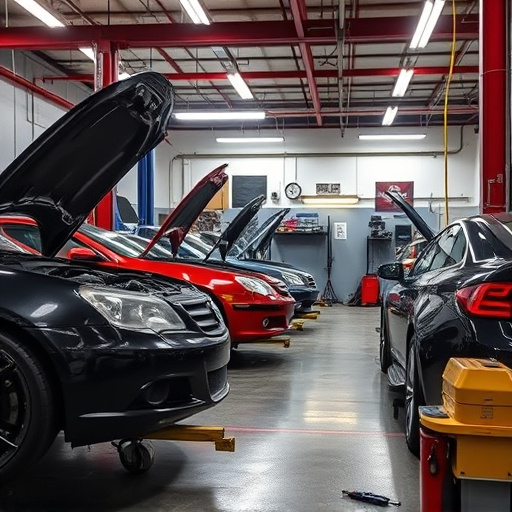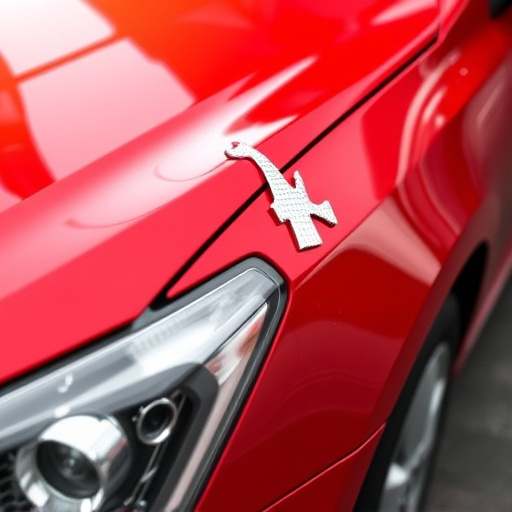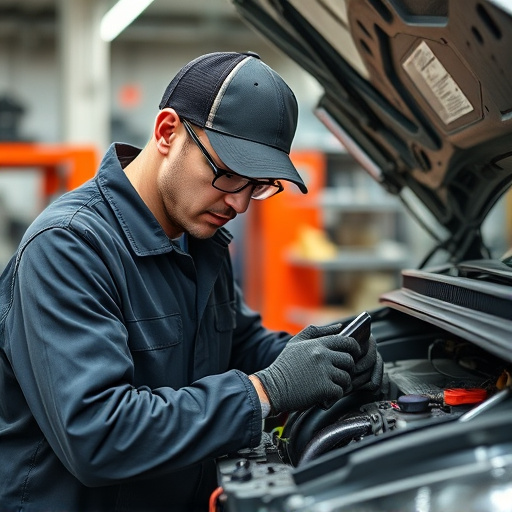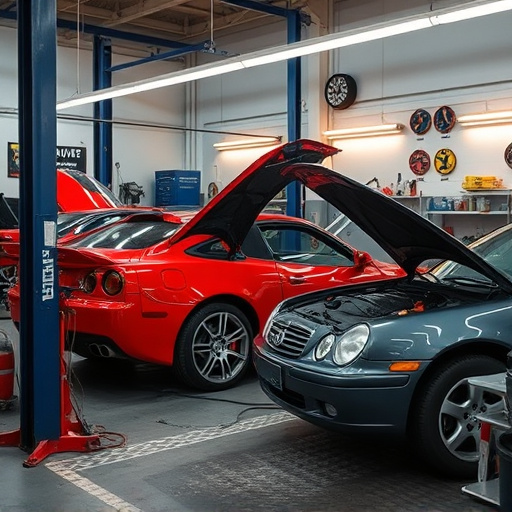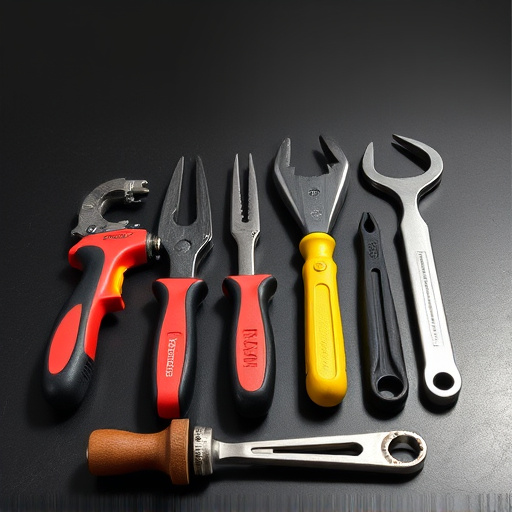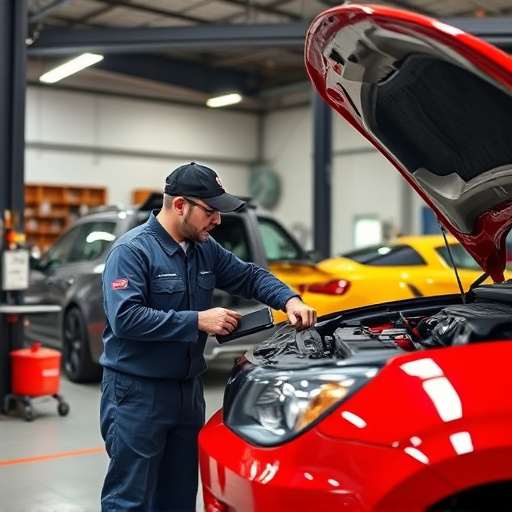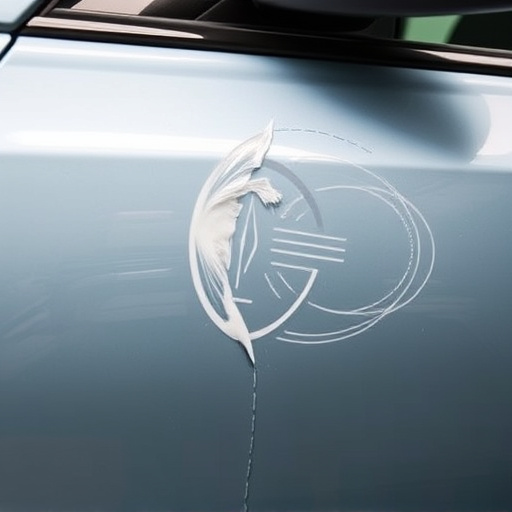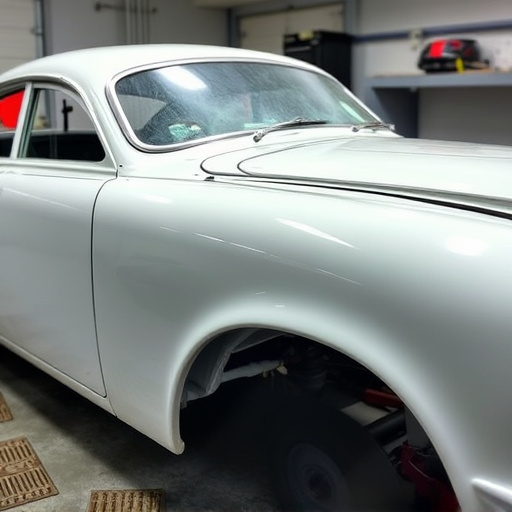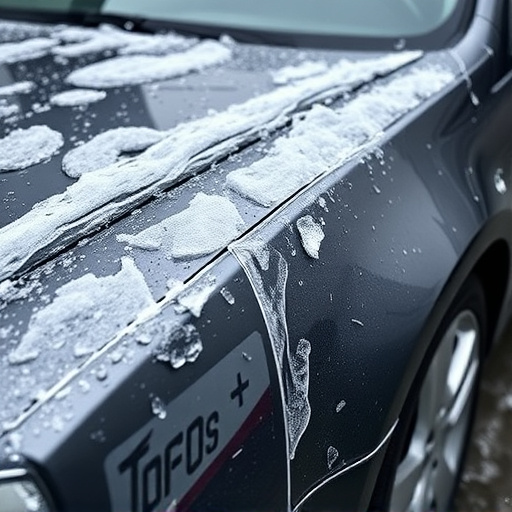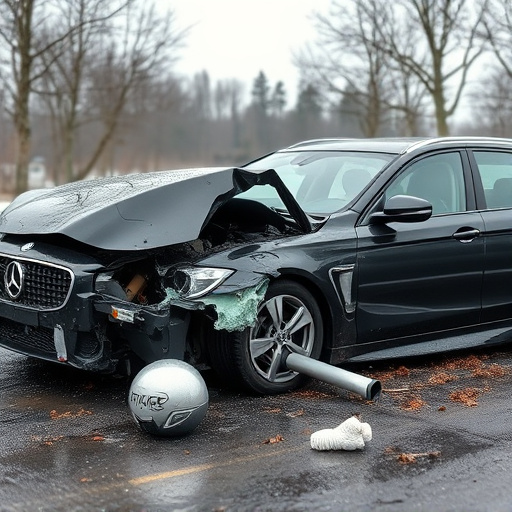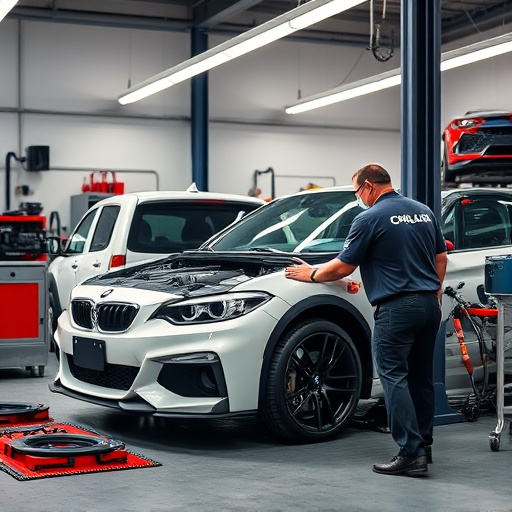Adhering to OEM guidelines is key for achieving and maintaining high repair craftsmanship quality, ensuring precision, compatibility, and safety in various vehicle repairs, from structural body work to tire services, ultimately boosting customer trust and vehicle reliability. However, this requires significant investments in training, tools, and updates to keep up with constant manufacturer revisions.
In the realm of automotive repairs, Original Equipment Manufacturer (OEM) guidelines serve as the bedrock for ensuring top-tier repair craftsmanship quality. These comprehensive standards not only safeguard vehicle performance but also promote safety and customer satisfaction. By adhering to OEM directives, repair shops maintain consistent, reliable results, fostering a culture of excellence. This article delves into understanding these guidelines, their implementation, and the benefits and challenges associated with maintaining repair craftsmanship quality.
- Understanding OEM Guidelines: The Foundation of Quality
- Implementating Guidelines: Ensuring Consistent Craftsmanship
- Benefits and Challenges: Maintaining Repair Excellence
Understanding OEM Guidelines: The Foundation of Quality

Understanding OEM guidelines is the cornerstone of ensuring high-quality repair craftsmanship. These guidelines, provided by Original Equipment Manufacturers (OEMs), outline specific procedures, specifications, and standards for vehicle repairs and component replacements. By adhering to OEM guidelines, repair shops can maintain consistency with the original design and functionality of the vehicle, resulting in superior repair craftsmanship quality.
For instance, when conducting hail damage repair or car body repair, OEMs offer detailed instructions on techniques, materials, and tools that should be used. This ensures that repairs are not only visually appealing but also structurally sound. Similarly, guidelines for vehicle bodywork emphasize the importance of precision and accuracy during panel replacement, paint application, and final inspection. Adhering to these standards is vital for maintaining the vehicle’s safety, resale value, and overall aesthetic appeal.
Implementating Guidelines: Ensuring Consistent Craftsmanship

Implementing OEM (Original Equipment Manufacturer) guidelines is a cornerstone in ensuring consistent and high-quality repair craftsmanship. These guidelines provide auto repair shops with detailed specifications, procedures, and standards that mirror the manufacturer’s original intent for vehicle construction and maintenance. By adhering to OEM guidelines, skilled technicians can perform repairs and services, such as car dent removal or tire services, while maintaining the vehicle’s structural integrity, performance, and safety features.
This meticulous approach not only ensures that every repair is carried out with precision but also guarantees compatibility with the original equipment, preventing any adverse effects on other components. Consistent application of OEM guidelines across different auto repair shops fosters uniformity in repair craftsmanship quality, giving car owners confidence in the reliability and longevity of their vehicles’ post-repair state.
Benefits and Challenges: Maintaining Repair Excellence

The implementation of Original Equipment Manufacturer (OEM) guidelines is a double-edged sword for repair shops, offering significant benefits while presenting certain challenges in maintaining repair craftsmanship quality. On one hand, adhering to OEM standards ensures that vehicles are repaired using the exact specifications and materials recommended by the manufacturer. This precision is crucial for preserving the original performance and reliability of cars, especially for specialized automotive body work and tire services. By following these guidelines, repair shops can guarantee customers a safe and high-quality repair, fostering trust and customer satisfaction.
However, staying aligned with OEM protocols comes with its complexities. Repair shops must invest in training staff to understand intricate procedures and possess the necessary tools to meet these standards. Keeping up with constant updates from manufacturers across various vehicle makes and models can be resource-intensive. Moreover, some guidelines might inadvertently restrict independent repair techniques, requiring shops to balance their expertise while adhering to OEM protocols, particularly in the realm of vehicle body repair.
OEM guidelines play a pivotal role in ensuring consistent and high-quality repair craftsmanship. By providing clear, standardized protocols, these guidelines empower technicians to deliver reliable, consistent results. However, maintaining repair excellence involves addressing both benefits and challenges, such as staying current with evolving technologies and adapting guidelines to new vehicle models. Embracing these OEM standards is essential for achieving and sustaining superior repair craftsmanship in the automotive industry.
